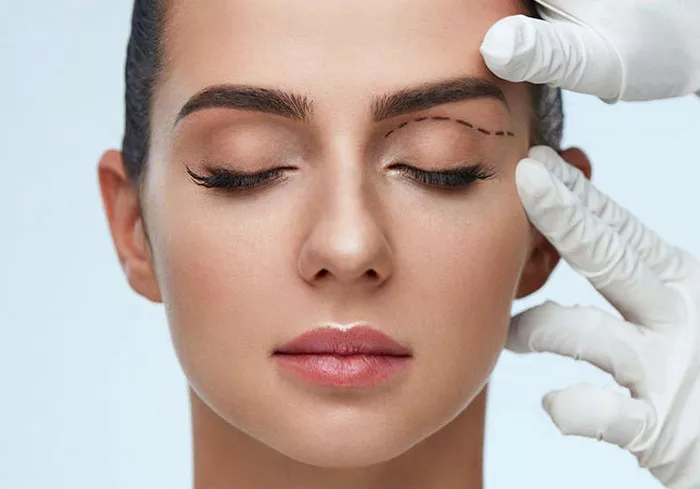Blepharoplasty, commonly known as eyelid surgery, is a surgical procedure aimed at improving the appearance of the eyelids. Whether it’s to address droopy eyelids, puffiness, or under-eye bags, many individuals turn to blepharoplasty to rejuvenate their eyes and achieve a more youthful look. While the results of the procedure can be remarkable, it’s important to understand the healing process and the expected timeline for recovery. In this article, we will explore how long it typically takes to heal after a blepharoplasty.
Immediate Post-Operative Period: First Few Days
Immediately after the surgery, patients are usually advised to rest and limit their physical activities. The recovery process starts with the application of cold compresses and the use of prescribed eye drops to reduce swelling and manage discomfort. Some degree of bruising and swelling around the eyes is normal and to be expected. During this time, it’s crucial to follow the post-operative instructions provided by the surgeon, which may include keeping the head elevated while sleeping and avoiding any strenuous activities.
First Week: Gradual Improvement
During the first week after blepharoplasty, patients can expect to experience some discomfort, swelling, and bruising. The swelling and bruising will gradually subside over time, and the incision lines will begin to heal. It is common for the surgeon to recommend cold compresses and gently cleansing the eyelids with prescribed solutions. At this stage, it is essential to avoid any activities that may strain the eyes, such as reading for extended periods or watching television for long durations.
Second Week: Return to Daily Activities
By the second week, most patients can resume their regular daily activities. The swelling and bruising will continue to decrease, although it may still be present to a lesser extent. Some individuals may feel comfortable enough to return to work or social engagements at this point. However, it’s important to remember that the healing process is still ongoing, and it may take a few more weeks for the final results to become apparent.
Third Week: Continued Healing
During the third week of recovery, patients typically notice significant improvements in the appearance of their eyelids. Swelling and bruising should be minimal, and the incision lines may appear pink or slightly raised. It’s crucial to protect the delicate skin around the eyes from sun exposure by wearing sunglasses or using sunscreen. Light physical activities can be resumed, but it is advisable to avoid strenuous exercise until fully cleared by the surgeon.
Fourth Week and Beyond: Final Results
By the fourth week, most patients will experience a significant reduction in swelling and bruising, and the incision lines will continue to fade. However, individual healing times may vary, and it is important to remember that everyone’s recovery process is unique. Some patients may still have mild swelling or residual tightness, but these symptoms should gradually diminish over time.
The final results of blepharoplasty can typically be appreciated around the fourth to sixth week after surgery. At this stage, patients often notice a significant improvement in the appearance of their eyelids, with a more refreshed and youthful look. It’s important to note that the healing process continues beyond this point, and subtle changes may continue to occur over the next few months.
Factors Influencing Healing Time
Several factors can influence the healing time after blepharoplasty. These factors include:
Individual Healing Ability: Each person’s body responds differently to surgery and the healing process. Factors such as age, overall health, and genetics can influence how quickly an individual recovers.
Surgical Technique: The specific techniques used by the surgeon can also impact the healing process. Skillful surgical techniques can minimize trauma to the tissues and promote faster healing.
Post-Operative Care: Following the post-operative instructions provided by the surgeon is crucial for optimal healing. Taking prescribed medications, avoiding strenuous activities, and maintaining good eye hygiene are essential components of the recovery process.
Lifestyle Choices: Smoking and excessive alcohol consumption can impede the healing process and prolong recovery time. It is advisable to quit smoking and limit alcohol intake both before and after the surgery to support a faster and smoother recovery.
Conclusion
While the initial healing after blepharoplasty takes around two to four weeks, complete recovery and the final results may take several months. Patience and adherence to the post-operative instructions are key during this time. If you’re considering blepharoplasty, it’s essential to consult with a board-certified plastic surgeon who can guide you through the procedure and provide personalized advice for your recovery. Remember, every individual is unique, and healing times may vary.

